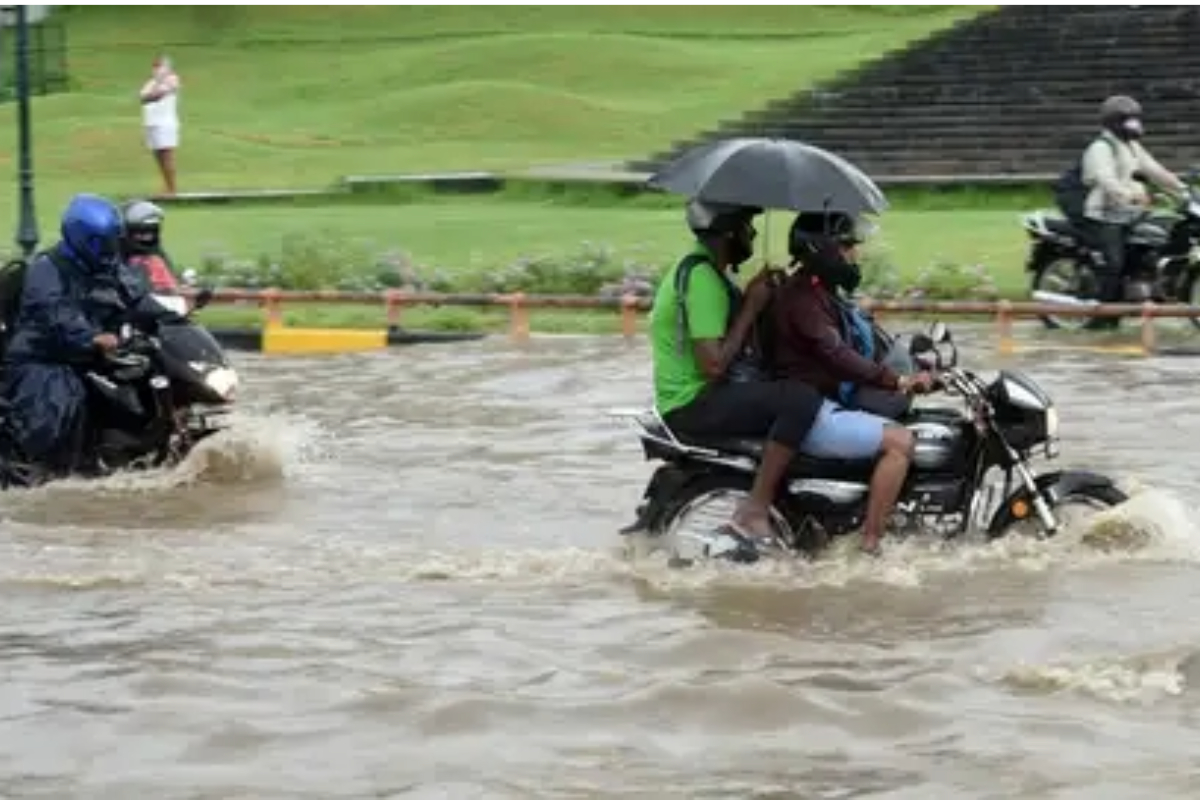Delhi and Noida Hit by Heavy Rains: IMD Predicts More Showers Ahead
Delhi was lashed by rain, and a “yellow” alert has been issued for the national capital for the next two days by the India Meteorological Department (IMD).

And “yellow” alert has been issued for the national capital
Delhi and Noida Hit by Heavy Rains: In the wee hours of Wednesday, July 24, many parts of Delhi and Noida received a light spell of rain. RK Puram and its nearby areas in south Delhi were lashed by rain, and a “yellow” alert has been issued for the national capital for the next two days by the India Meteorological Department (IMD).
Parts of Delhi, Noida Meerut, Baghpat, Ghaziabad, and some more neighbouring areas have chances to receive moderate to intense rain as the monsoon scatters thunderstorms over the region, according to weather officials.
Also Read: Transform Your Home For Monsoon Season: Expert Tips And Tricks
According to the weather department, Delhi’s residents witnessed a sudden weather change on Monday when rain lashed over the parts of the national capital. The city minimum temperature decreases to 36.2 degrees Celsius, 1.3 notches above normal. At 5.30 pm, the relative humidity stood at 68 per cent.
For Wednesday, the weather office has forecast moderate rainfall with temperatures that will be hovering around 34 and 26 degrees Celsius.
Also Read: Heavy Rains Batter Mumbai For Third Day: Train Delays And Submerged Subways
According to the Central Pollution Control Board, the Air Quality Index (AQI) of Delhi was recorded in the category of “satisfactory” with a reading of 93 at 6 pm.
In 88 years, the city received the highest rainfall, in June. 228 mm of rainfall from 8: 30 am on June 27 to 8:30 am on June 28 experienced by Delhi, according to the IMD. By marking the maximum rainfall in 24 hours in June since 1936 a total of 235.5 mm of rain was recorded.
An increase in the water level in the Yamuna River due to rain reminded the authorities to issue an alert to the residents of Noida villages, which are situated along the riverbanks. Last year during the monsoon season these villagers experienced severe floods and suffered from inconvenience.
Mahesh Palawat, vice president at Skymet, said, “This has been a particularly hot and humid July, characterised by calm winds and high humidity. For most of the month, the monsoon trough has stayed south of Delhi and closer to central India, which is why we are not seeing any significant rain,”
He also added that “time the trough moves closer to Delhi — as it did on Monday — Delhi logs an increase in rain intensity.”
Also Read: Effects Of Monsoon On Respiratory Health: Tips For Those With Conditions
For breaking news and live news updates, like us on Facebook or follow us on Twitter and Instagram. Read more on Latest Health News on The National Bulletin


